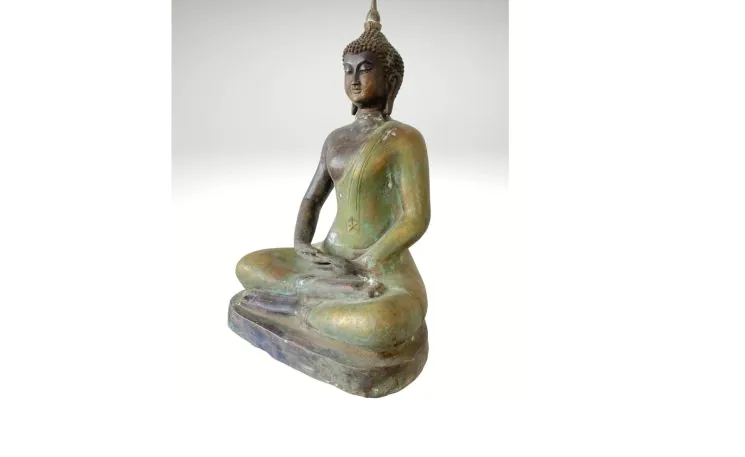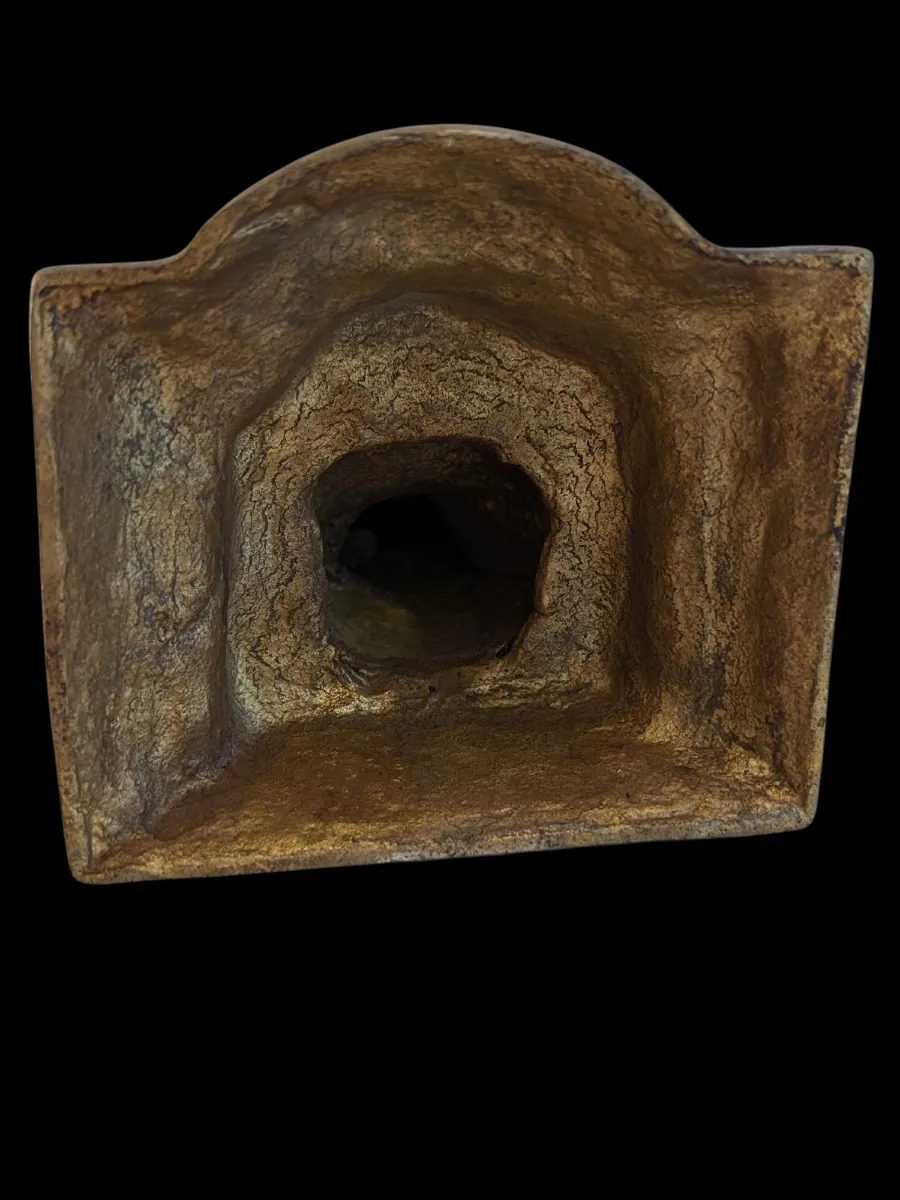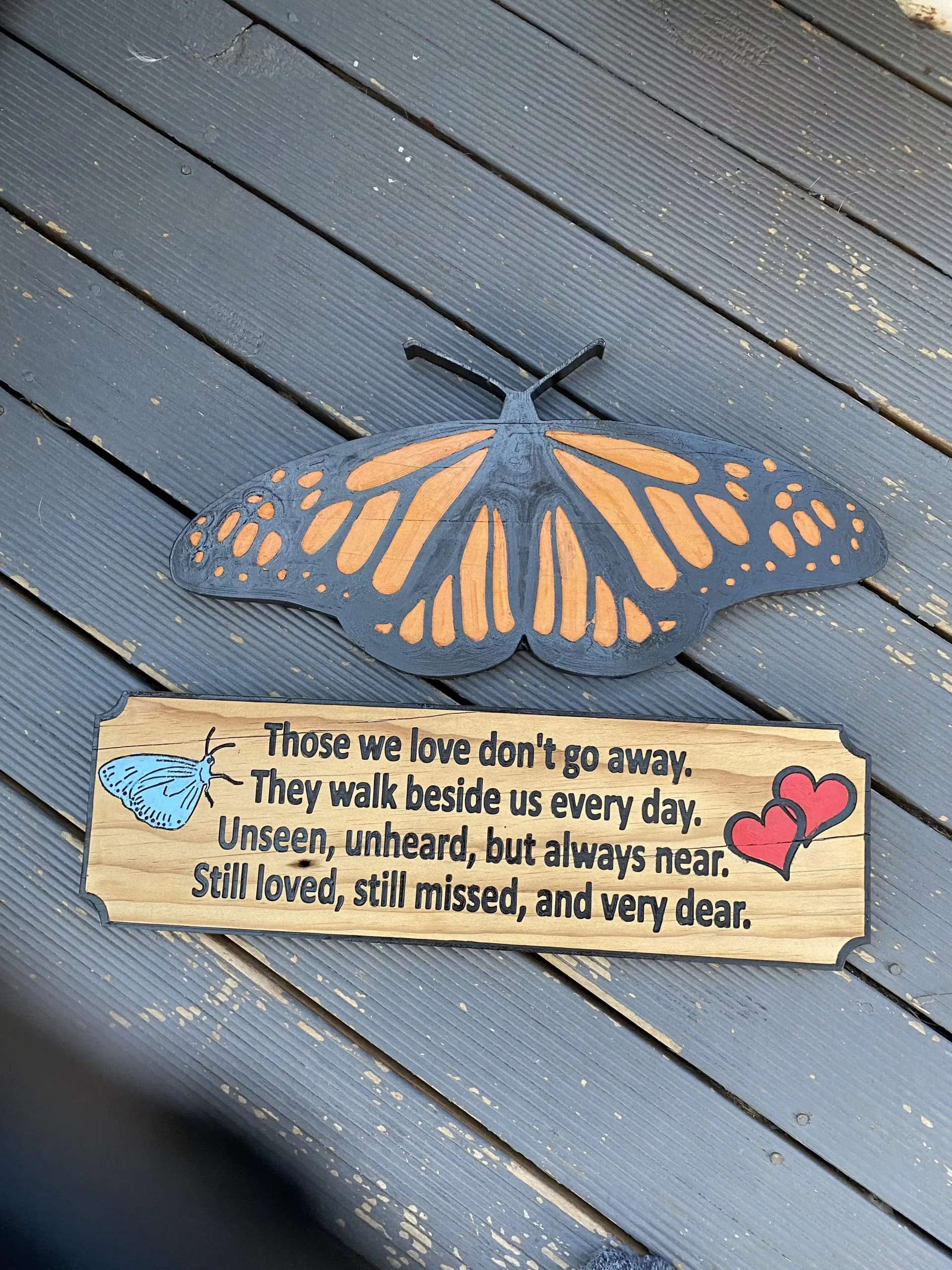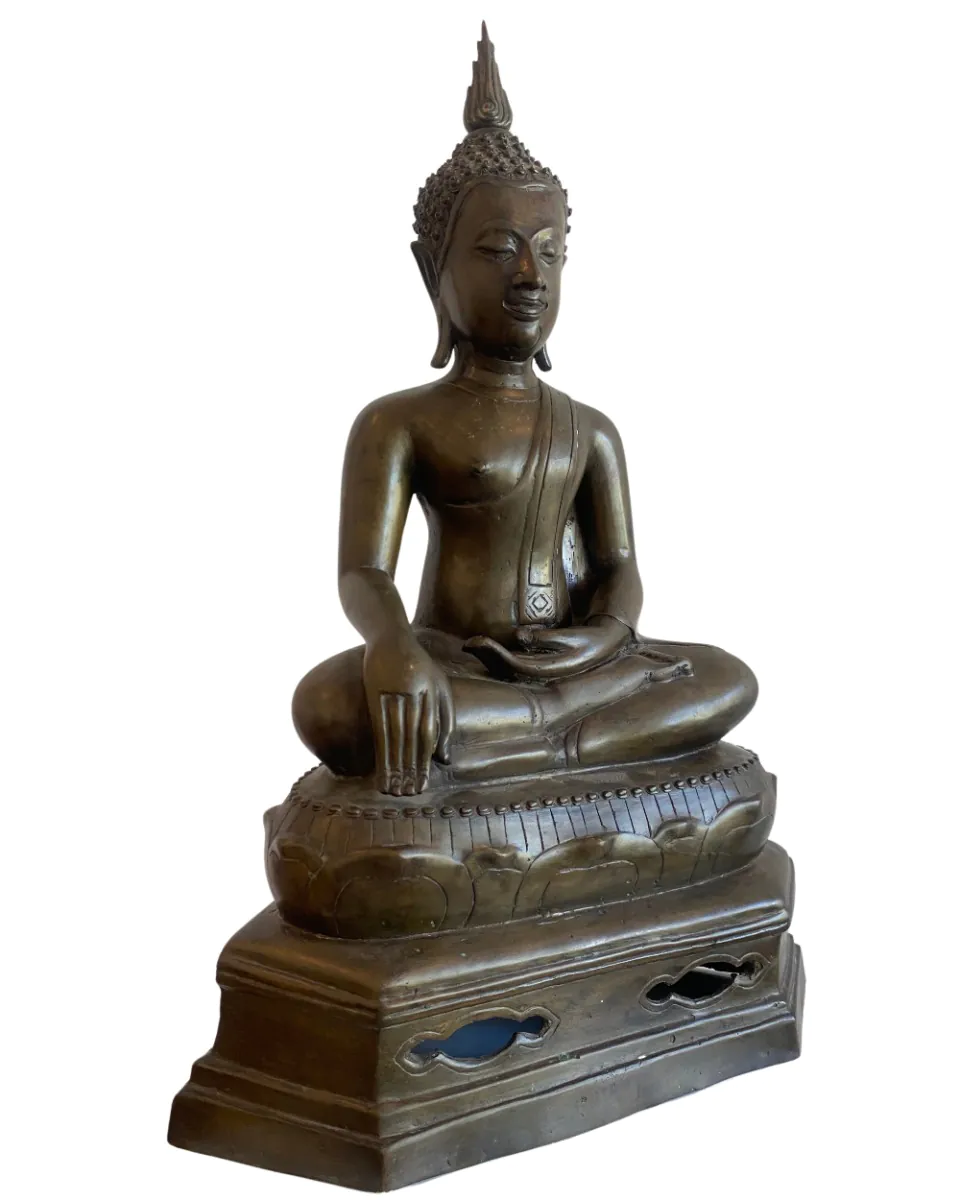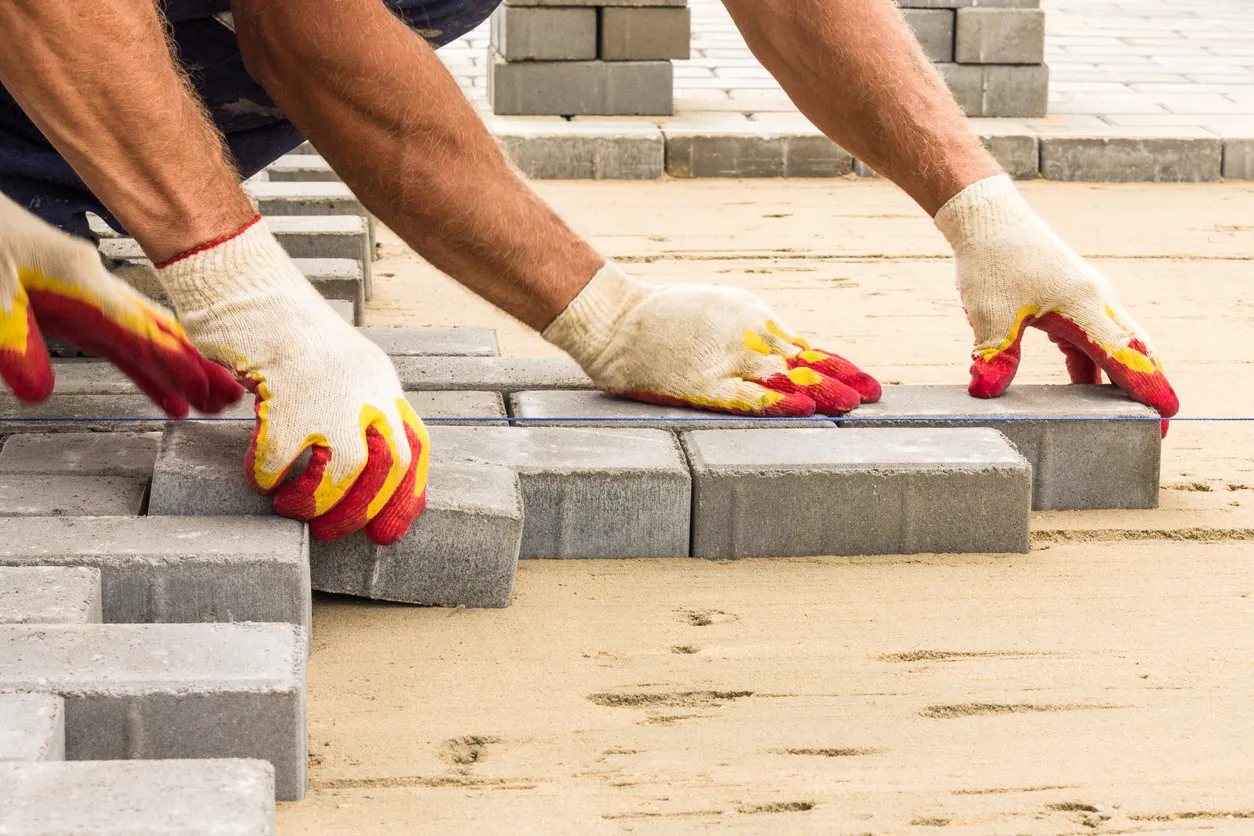The Timeless Beauty of Buddha Statues and Buddhist Art
Buddhism, one of the world’s most profound spiritual traditions, has inspired countless artistic expressions over the centuries. From the earliest rock carvings in India to the gilded temples of Southeast Asia, Buddha statues and Buddhist art have been powerful symbols of peace, wisdom, and enlightenment. These creations are not merely decorative objects—they are visual representations of the Buddha’s teachings and the cultural journeys of Buddhist communities across the globe.
Origins of Buddhist Art
The history of Buddhist art begins over two thousand years ago, soon after the death of Siddhartha Gautama, the historical Buddha. Interestingly, the earliest depictions avoided portraying the Buddha in human form. Instead, artists used symbols such as the Bodhi tree, the Dharma wheel, or a simple footprint to suggest his presence. This aniconic phase reflected the deep reverence for the Buddha as an enlightened being beyond ordinary human attributes.
It wasn’t until the 1st century CE, during the Gandhara and Mathura periods, that the first Buddha statues emerged. Gandhara art, influenced by Greek and Roman sculpture, depicted the Buddha with wavy hair, draped robes, and a serene expression. Mathura art, rooted in Indian traditions, presented a softer and more spiritual aesthetic. These early statues set the foundation for the vast diversity of styles that followed.
Symbolism in Buddha Statues
Every detail in a Buddha statue carries meaning. The hand gestures, or mudras, are perhaps the most recognizable symbols. The “Dhyana” mudra, with both hands resting in the lap, represents meditation and inner peace. The “Bhumisparsha” mudra, where the Buddha touches the earth with his right hand, symbolizes his moment of enlightenment under the Bodhi tree.
Facial expressions are equally significant. The gentle smile and half-closed eyes invite contemplation and compassion. Even the posture—whether seated in meditation, standing in teaching mode, or reclining to represent his final nirvana—reflects specific moments of the Buddha’s life and teachings.
Regional Variations in Buddhist Art
One of the most fascinating aspects of Buddhist art is how it adapts to local cultures while maintaining its spiritual essence.
India: As the birthplace of Buddhism, India’s early Buddhist art includes the Ajanta caves, adorned with intricate murals and carvings that narrate the Jataka tales—stories of the Buddha’s previous lives.
China: Chinese Buddhist art often portrays the Buddha with elongated ears, a high ushnisha (cranial bump symbolizing wisdom), and flowing robes. The Longmen and Yungang grottoes showcase thousands of rock-carved Buddha statues in varying sizes.
Japan: Japanese depictions lean toward simplicity and elegance, often crafted in wood or bronze. The Great Buddha of Kamakura, a monumental bronze statue, stands as a symbol of strength and serenity.
Thailand and Myanmar: Here, Buddha statues often display the “Walking Buddha” posture or are gilded with gold leaf, symbolizing the radiance of enlightenment.
These regional adaptations demonstrate how Buddhist art has evolved while staying connected to its spiritual roots.
Beyond Aesthetics: The Purpose of Buddhist Art
While their beauty is undeniable, Buddha statues are not meant to be mere works of art. They are intended as aids for meditation and reminders of the path to enlightenment. For practitioners, gazing at a Buddha statue can be a meditative act—one that inspires mindfulness, compassion, and wisdom.
Monasteries and temples are often filled with these statues, each placed strategically to align with spiritual practices. In homes, smaller statues serve as personal reminders of peace and inner balance.
Modern Interpretations and Global Appeal
In recent decades, Buddhist art has transcended its religious origins to become a source of inspiration worldwide. Contemporary artists reinterpret traditional imagery, blending ancient symbolism with modern aesthetics. Minimalist Buddha sculptures, abstract paintings, and digital interpretations allow new audiences to connect with Buddhist ideals.
Buddha statues have also found a place in global home décor—not always as religious icons, but as symbols of serenity and mindfulness. While this popularity helps spread awareness of Buddhist values, it also calls for cultural sensitivity. Recognizing the sacred origins of these works ensures respect for the traditions they represent.
Preserving the Heritage
The preservation of Buddhist art is a pressing concern. Many ancient statues and murals face threats from natural decay, environmental changes, and human conflict. International efforts, such as UNESCO heritage site designations, play a crucial role in safeguarding these treasures. Museums, scholars, and local communities are working together to document and restore these pieces, ensuring they endure for future generations.
A Living Tradition
Ultimately, Buddha statues and Buddhist art are not relics of a bygone era—they are living traditions that continue to inspire people today. Whether viewed in a centuries-old temple or a modern art gallery, they carry the same core message: peace, compassion, and the possibility of enlightenment for all.
In a world often marked by noise and conflict, the stillness of a Buddha statue or the flowing lines of a Buddhist mural offer a moment of quiet reflection. They remind us that beyond the material world lies a deeper truth—a truth the Buddha himself sought and shared over two millennia ago.
If you want, I can also create an SEO-optimized title and meta description to help this blog rank better for “Buddha Statues” and “Buddhist Art.” Would you like me to do that next?
- Share

YOU MIGHT ALSO ENJOY
Why Buddhist Art Remains Popular Among Modern Collectors
Stephen Romero - August 7, 2025
Bring Your Ideas to Life with Metal Wall Art and DXF Downloads
Stephen Romero - August 1, 2025
Embracing Peace and Elegance with a Bronze Buddha Sculpture from 1stbuddha
Stephen Romero - August 1, 2025
search
FAST ACCESS
- art&gallery (4)
- Automotive (24)
- beauty (5)
- blog (202)
- Business (490)
- cleening (13)
- clinic (1)
- courier services (4)
- dentel care (5)
- Driving school (2)
- electronics (1)
- events (1)
- forests (11)
- gameing (5)
- Health (24)
- Health & Fitness (217)
- Home & Garden (15)
- Landscaping (1)
- Law (16)
- Lifestyle (9)
- machinery (5)
- Real Estate (8)
- Share Market (15)
- Shopping (5)
- Technology (30)
- tool (2)
- toys (2)
- Travel (25)
- Wedding & Events (319)
must read
Recognition of Prior Learning: A Pathway to Career Advancement in Trades and Professions
Stephen Romero - September 29, 2025
From Policy Updates to Content Playbooks: Smarter Social Media Management in 2025
Stephen Romero - September 29, 2025
Transform Your Space with Stunning Metal Wall Art: Unlock Creativity with DXF Files
Stephen Romero - September 27, 2025
Professionel Træfældning på Falster og Lolland: Sikre og Effektive Løsninger
Stephen Romero - September 27, 2025
recent post
ARCHIVES
- September 2025 (161)
- August 2025 (164)
- July 2025 (150)
- June 2025 (173)
- May 2025 (99)
- April 2025 (1)
- March 2025 (8)
- February 2025 (9)
- January 2025 (8)
- December 2024 (25)
- November 2024 (40)
- October 2024 (11)
- September 2024 (1)
- July 2024 (10)
- June 2024 (11)
- May 2024 (31)
- April 2024 (15)
- March 2024 (19)
- February 2024 (6)
- January 2024 (7)
- December 2023 (11)
- November 2023 (1)
- July 2023 (13)
- June 2023 (21)
- May 2023 (27)
- April 2023 (23)
- March 2023 (16)
- February 2023 (31)
- January 2023 (27)
- December 2022 (11)
- November 2022 (12)
- October 2022 (11)
- September 2022 (11)
- August 2022 (14)
- July 2022 (13)
- June 2022 (19)
- May 2022 (17)
- April 2022 (10)
- March 2022 (12)
- February 2022 (8)
- January 2022 (9)
- December 2021 (19)
- November 2021 (4)
- October 2021 (6)
- September 2021 (4)
- August 2021 (4)
- July 2021 (10)
- June 2021 (6)
- May 2021 (2)
- April 2021 (2)
- March 2021 (45)
- August 2020 (31)
- July 2020 (30)
- June 2020 (29)


